“The Deaths of Sybil Bolton,” playwright David Blakely’s adaptation of Osage Dennis McAuliffe’s examination of his mother’s death in the Osage Reign of Terror, brings an Osage cast member and strong stagecraft to a complicated history. See my review in Osage News, November, 2019.
Between Two Knees: Retelling American History
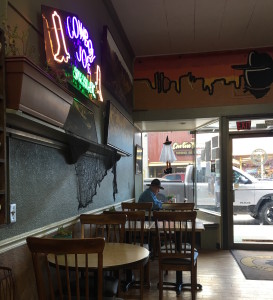
Check out my review of Ryan RedCorn (OsageNation) and the 1491s reflection on events at Wounded Knee, both the massacre and the Pine Ridge takeover in 1973, in “Between Two Knees” at the Ashland Shakespeare Festival, Osage News, July, 2019.
Indigenous Women Writers Retreat
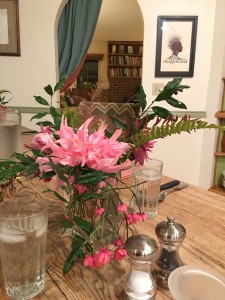
November, 2018. Grateful to be among the first Native women writers convening at Hedgebrook with Elizabeth A. Woody, Luci Tapahonso, Arianne True, Toni Jensen & Chenoa Egawa, co-sponsored by Suzanne Benally of Cultural Survival
Cultural Survival News
Storyknife Residency for Women
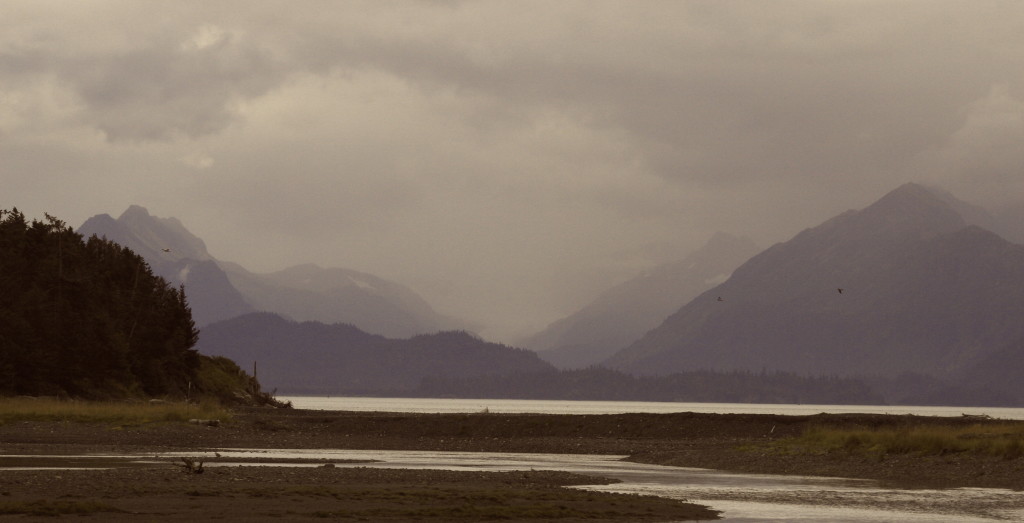
A solitary residency can be rough. Going to a new community alone is like throwing yourself into space, something the two eagles across from the post office may have felt, when they fledged on September 1st, the day my husband left me in Homer. The Storyknife Residency that mystery-writer Dana Stabenow manifested, after a stay at Hedgebrook years ago, is a writer’s dream: a month of unfettered time in a cabin that sits on a bluff on the Kenai Peninsula across Cook Inlet from Mt. Illiamna and Mt. Augustine, a Fuji-like cone, renamed by Captain Cook early on.
The cabin outside of town has a redwood deck, a lawn surrounded by a brushy meadow of fireweed turning red in autumn. Grass with beige seed heads, then fir and a scrubby spruce that screens a neighbor’s shingled house. My host’s house contains one square of golden light most evenings. The cabin has a living area with a microwave, a hot plate, a separate bedroom, each about seven feet square with a slant of high ceiling that gives a sense of space. A bookshelf in the living room of clean pine, a quilted wall hanging. The bedside lamp is sweep of green glass; there are pegs for my clothes. It’s simple and sufficient. The Big Dipper rises in the window over the bed.
I’ve come to write, and I do. These are the weeks of hurricanes flooding Houston, slamming the Virgin Islands and Puerto Rico, sweeping Florida, and I speak with dear friends who live in that striking environment so unlike this one, but so similarly vulnerable to climate change. I am writing essays about the Osage homeland in the middle of the continent and organizing my novel with an emotional logic. But I’m also curious about the Kenai Peninsula where my husband’s family fished and which was the site of an early oil discovery in Alaska.
It’s also challenging to sit writing in Homer, because you can’t forget that sea otters are likely close to shore, that sand hill crane families glide onto the flats by Beluga Slough each evening.
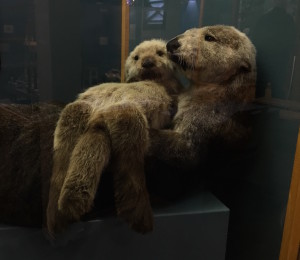
A week into September, the tourist and fishing season is over. There’s the tug to experience the area—the aquamarine waters and white breakers along the spit or the textures and scale of the glaciers across Kachemak Bay, over and against the views from my desk. Whether I sit in the cabin or drive to town or walk the spit, I’m rewarded. Sunlight glistens on the fur of a black bear that passes and two moose check out the moose-proof cage the gardener wrapped around a high-bush cranberry just outside my window. For most of the month, whether I stay home or explore the world around Homer, I’m in a dream state. The place, the generous friends I make, the opportunity to spend this dedicated time are synergistic and powerful.
We’re An Energy Tribe
Many thanks to Byron Aspaas, Nonfiction Editor of As/Us for publishing “Our Hearts Beating,” which began to take form in a workshop with Lidia Yuknavitch in the Oregon State Garden, in the dark winter days of January, 2017.
Fishtrap
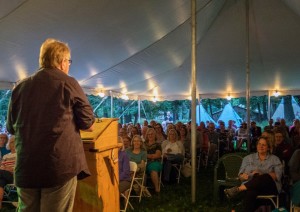
Grateful for a Fishtrap fellowship that meant making new friends, as well as spending time with writers I admire, Debra Earling, Eliot Treichel, Luis Urrea.
Coyote Hunters
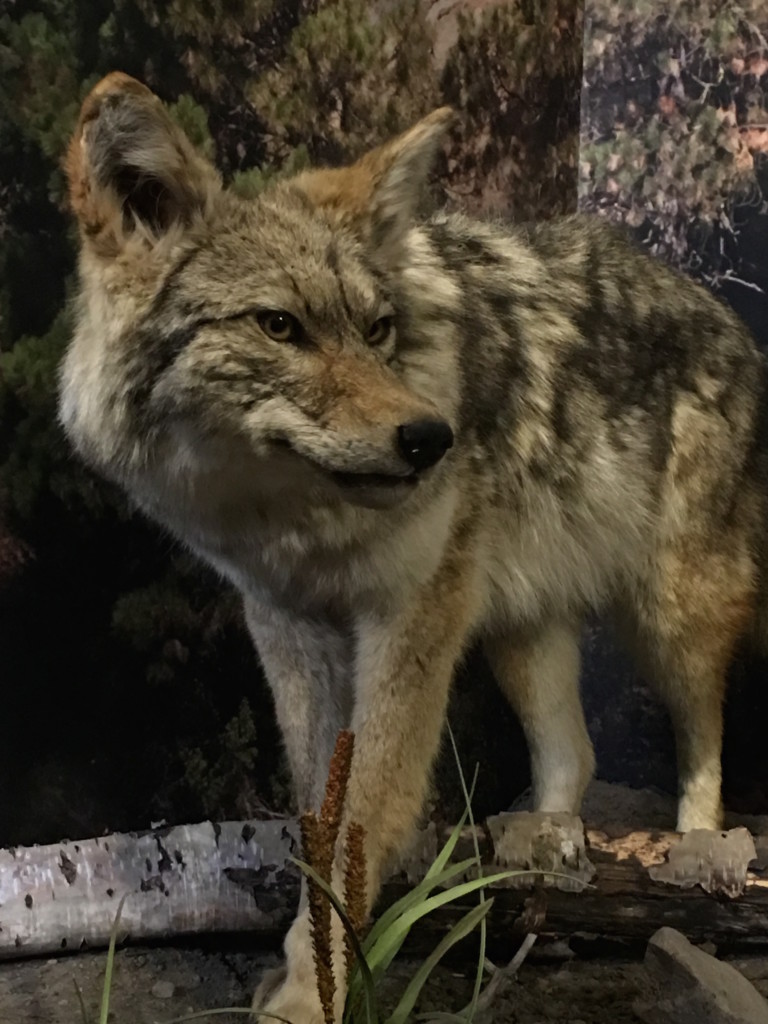
A pleasure to work with Jeanetta Calhoun Mish, who guest edited and introduced New Native Writing, World Literature Today, including my Coyote Hunters.
“My husband remembers when there were no coyotes on the island. Maybe the Cathlamet Channel filled in enough for them to swim or walk over on a low tide, maybe they smelled Fred Stanley’s sheep, but I hear them calling some evenings.”
Hedgebrook
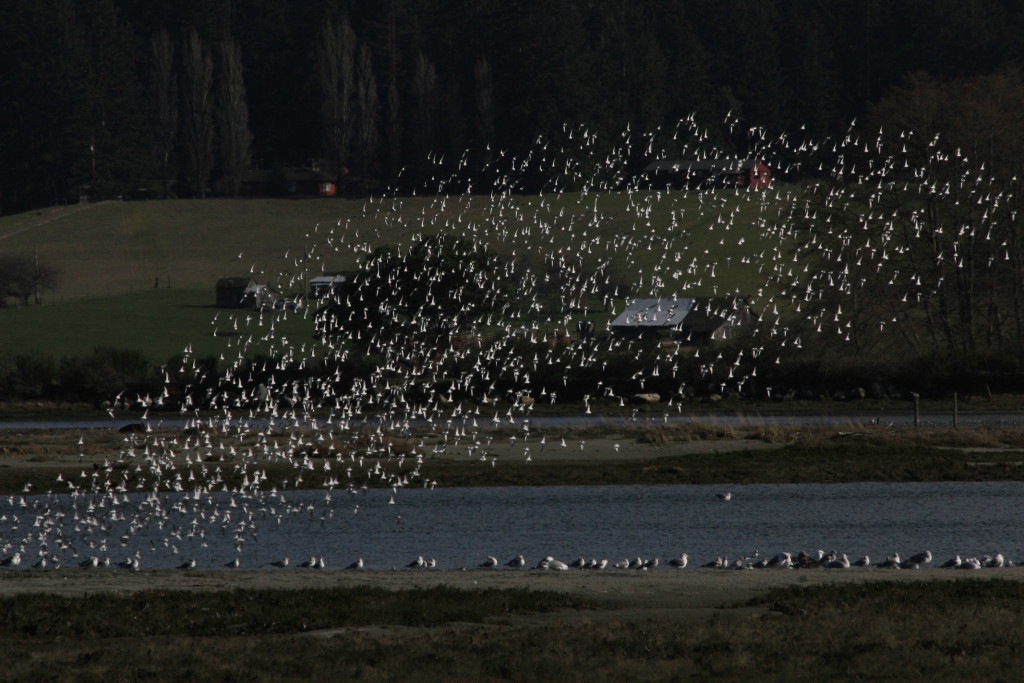
I’m writing at a long desk in a cottage with an arched wooden door, a wrought iron lever for a latch, surrounded by cedar and 200-foot-tall Hemlock and Douglas fir trees. River rock surrounds a small wood stove marked by the delicate image of fishers with a net full of salmon. This nurturing space, where today the wind is shhhing in the trees, is not sufficient to quiet the anxiety I have about writing. It seems that there must have been an error that allowed me to be here at Hedgebrook, one of forty selected from many, many more. The large number of applicants actually adds weight to the feeling.
We gather for dinner in a farmhouse where the library is filled with previous residents’ work, among them my literary friends and heroes, Naseem Rakha, Evelyn C. White and Dorothy Allison. The conversations between us, journalists, an eminent feminist legal scholar, an Africana studies professor, novelists and performers are welcome and illuminating.
The theme has been Kimberle Crenshaw’s theory of the intersectionality of gender and race; we’ve spoken about family and heritage. I know my grandparents’ names and stories, but I can’t tell you a personal memory relating to any of them. They had all passed by the time I was ten, of fever in Santa Domingo, of throat cancer in Denver.
The tree trunks here on Whidbey Island near Useless Bay have a hide of bright moss, and alders are covered with starbursts of lichen. In slash piles of downed branches, the orange alder is visible beneath off-white bark. I’ve heard coyotes, owls, geese, sea gulls and eagles since I’ve been here, but seen no mammals beyond my human sisters. After two weeks of writing and conversing, the second of my month-long stay, black tail deer graze nearby.
Island Institute in Sitka
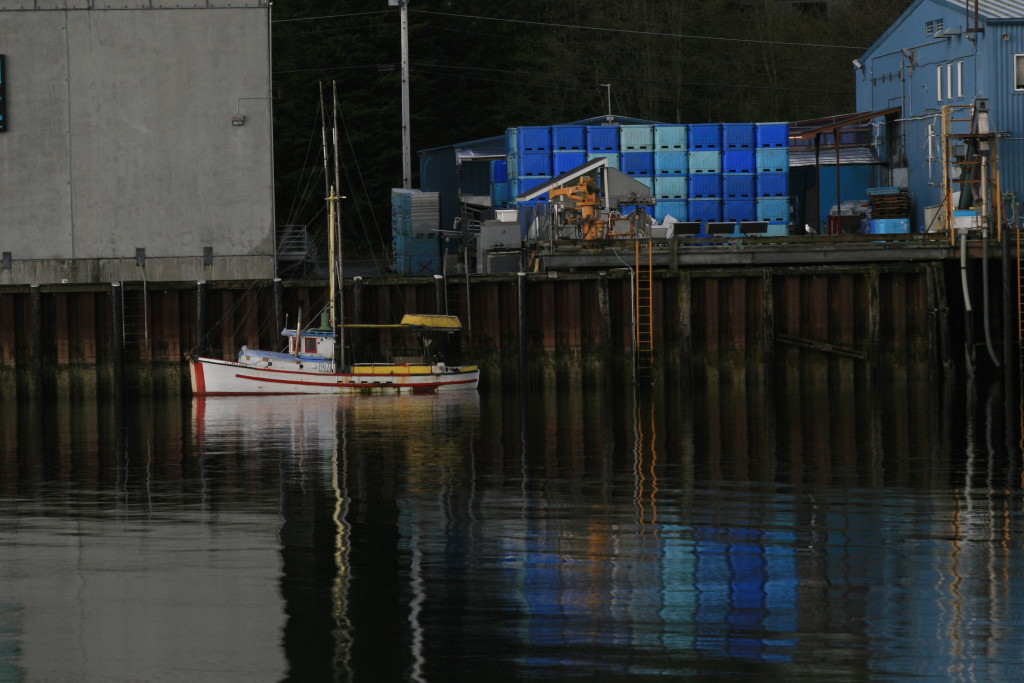
A year ago I was preparing for a month-long residency at the Island Institute. I watched humpback whales feed during my residency in Sitka AK, April, 2015, called to alert bears as I walked to my cabin on a thimbleberry covered hillside. Sitka’s fishery was a reflection of the Columbia River before my time. Exploring and being welcomed by Blue Canoe writers and Mt Edgecumbe High School creative writers sustained me.


